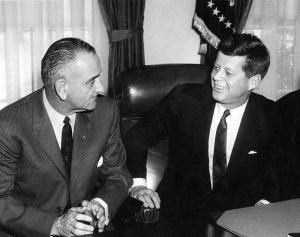Sandhya Ramesh in The Wire:
Astrophysicists today have released no less than seven papers on one of the biggest events not only reported in the media but also in the known universe. For the first time ever, we have definitive evidence of two neutron stars colliding and releasing a deadly gamma-ray burst. The light from this burst arrived almost simultaneously with gravitational waves unleashed by the collision.
This discovery is further evidence that gravitational waves travel at the speed of light – a prediction that Albert Einstein made over a 100 years ago. Moreover, follow-up observations in the days following the first offered proof that over half the elements heavier than iron are created in such cataclysmic events in the universe.
Earlier this year, the physicist trio of Rainer Weiss, Kip Thorne, and Barry Barish won the Nobel Prize for physics for their contributions to building the gravitational wave detector called LIGO and its first direct detection of gravitational waves in 2015.
According to Einstein’s theory of general relativity, when two massive bodies accelerate or collide with each other, they release gravitational energy. Such energy deforms the spacetime fabric as it travels outwards from the source at the speed of light. Imagine ripples radiating outwards when a rock hits the surface of a still pond. LIGO (Laser Interferometer Gravitational-wave Observatory) is made of two detectors located in the US. It observed one set of waves in September of 2015, when two black holes orbited each other faster and faster, coming closer until they collided. The event occurred 1.4 billion lightyears away and let loose 178.7 billion trillion trillion trillion joules of gravitational energy.
More here.

